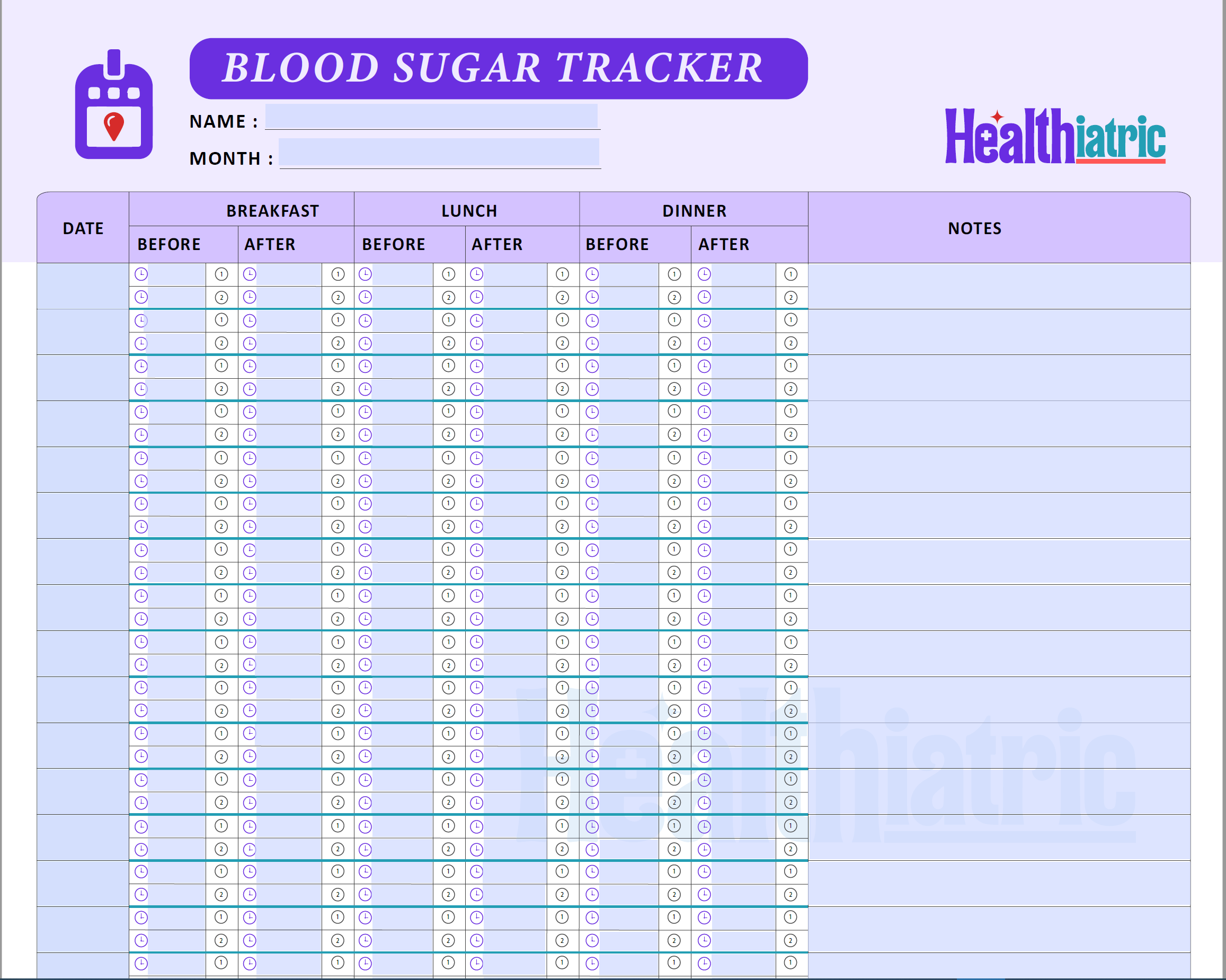The future of healthcare: Revolutionizing patient care with generative AI chatbot integrations
-
Author by
Hania Ashfaq
-
Reviewed By
Hania Ashfaq
- Last Edited : January 1, 1970
The Pros and Cons of Healthcare Chatbots
The platform automates care along the way by helping to identify high-risk patients and placing them in touch with a healthcare provider via phone call, telehealth, e-visit, or in-person appointment. Some medical conditions and mental health issues cannot be treated by chatbots but require a human touch. Chatbots are great for providing information but not for communicating with patients about their condition or treatment plan. People who have experienced a negative experience with automated systems in the past are less likely to trust technology. This can cause them to be hesitant when they interact with a healthcare chatbot, especially if they have a personal or family history of mental health issues. One of the disadvantages of healthcare chatbots is that they depend on big data and AI to operate.
Patients can ignite a meaningful conversion with bots and then bots can provide them with profound practical solutions for enhancing their mental health. Furthermore, a chatbot can offer complete guidance to patients and it can even solve their queries related to filling insurance claims. It can eventually benefits of chatbots in healthcare support them in getting claims faster in the healthcare sector. By adding a healthcare chatbot to your customer support, you can combat the challenges effectively and give the scalability to handle conversations in real-time. Undoubtedly, chatbots have great potential to transform the healthcare industry.
Chatbots Serve Fewer Missed Appointments
This means that if you have a complex medical issue or are looking for an in-depth answer, you might get frustrated with your chatbot. And if you’re just looking to find out what symptoms you should be looking out for, it may not be worth your time to use one of these programs at all. By contrast, chatbots allow anyone with an Internet connection to ask for help from anywhere at any time. As long as there’s someone available to respond, there’s no limit on how many people can use the service at once. Chatbots have become increasingly popular because they can provide a convenient way for patients to get answers to their questions while they’re at work or on the go.
On the other hand, bots help healthcare providers to reduce their caseloads, which is why healthcare chatbot use cases increase day by day. Healthcare chatbots are AI-enabled digital assistants that allow patients to assess their health and get reliable results anywhere, anytime. It manages appointment scheduling and rescheduling while gently reminding patients of their upcoming visits to the doctor.
How were Healthcare chatbots used in the fight against COVID-19?
With technological advancements, we can expect chatbots to become even more sophisticated and personalized, offering new possibilities for healthcare providers and patients. As AI software development advances, the potential for healthcare chatbots to transform the industry is limitless. Medical chatbots gather patient data and use it to provide personalized experiences and improve business processes. They offer a personal touch that traditional websites can’t match, making it easier for patients to get answers to their questions and engage with healthcare professionals. Chatbots with access to medical databases retrieve information on doctors, available slots, doctor schedules, etc. Patients can manage appointments, find healthcare providers, and get reminders through mobile calendars.
Healthcare Chatbots Market To Hit USD 1168 Mn by 2032 – Enterprise Apps Today
Healthcare Chatbots Market To Hit USD 1168 Mn by 2032.
Posted: Wed, 02 Aug 2023 07:00:00 GMT [source]
In the wake of the global epidemic, the healthcare industry has to sharpen its focus on customer satisfaction. The majority (28/32, 88%) of the studies contained very little description of the technical implementation of the chatbot, which made it difficult to classify the chatbots from this perspective. Most (19/32, 59%) of the included papers included screenshots of the user interface.
How Much Does It Cost to Develop a Chatbot?
Generally, a bot is employed to host customer queries and resolve them effectively. However, healthcare companies can also leverage them to support collaboration among employees. Whether someone wants to know how to deal with a situation or how to proceed with a prescription, people immediately call the healthcare providers for assistance. Finally, AI chatbots are like superheroes for healthcare; they can handle many patient questions and requests, which means less waiting and better access to care for everyone. The best way to avoid this problem is to verify your source before using the chatbot’s information.
This has become even more important as people see more use of AI systems and smart devices in our day-to-day lives. Basically, it’s not a problem if you choose an AI-powered conversational chatbot like REVE Chatbot. This can be especially helpful when dealing with sensitive topics like mental health or sexual health issues. Some diagnostic tests, such as MRIs, CT scans, and biopsy results, require specialized knowledge and expertise to interpret accurately. Human medical professionals are better equipped to analyze these tests and deliver accurate diagnoses.
You Might Also Like
-
Hania Ashfaq Min
Free Port Games Offline: An Overview to Enjoying Online Casino Enjoyable without an Internet Connection
-
Hania Ashfaq Min
-
Hania Ashfaq Min
-
Hania Ashfaq Min
Ranked Online Online Casinos: The Ultimate Guide to Discovering a Trustworthy Gambling System
-
Hania Ashfaq Min
The Exciting World of Real Money Payment Gamings: A Comprehensive Guide
The future of healthcare: Revolutionizing patient care with generative AI chatbot integrations



